System construction
At this point, the orderly part ends and we move seamlessly into the partly self-inflicted chaos. Actually, the plan was to use my ASRock Q1900-ITX and to use the last free SATA slot with another 8TB HDD. But the board is completely unresponsive, OpenMediaVault throws a lot of errors and harddisks are unmounted during operation if I dare to connect the five HDDs for data and the single SSD for the system at the same time.
The selection of modern SoC boards with low-TDP CPUs is unfortunately very limited, but recently ASRock introduced the N100DC-ITX. 4 cores, 4 threads and Alder Lake-N architecture at 6 watts TDP sound just right for my project.
In addition to two SATA cables, two M.2 screws and the I/O shield, the package also includes a strange cable with two SATA power connectors … Oh, Oh.
What I completely overlooked in my zeal is the somewhat special power supply. The lack of the 24-pin ATX connector didn’t bother me much, I’ve often had to deal with SoC x86 boards that draw all their power from the EPS / CPU connectors. The “DC” in the name actually gives it away though, the N100DC-ITX is powered via a hollow connector on the side of the rear ports. I do have a suitable external 12 volt power supply that works flawlessly despite the required 19 volts, but I don’t want to have two power supplies in and on my NAS.
By the way, I have already tested this processor in a mini-PC, if you are interested in concrete performance data you can read the complete report here:
So some chaotic creativity and tinkering is required. Fortunately, 12V with enough amps can be found in the pins of the GPU power supply, for example. So I cut off a 6-pin GPU extension cable from my collection on one side, lead it through the holes for WLAN antennas on the back and added a 7.5×2.5mm hollow plug.
However, it gets a bit trickier to turn on the system in an uncomplicated way. Without a connection to the mainboard, the power supply doesn’t know when it should be switched on. One possibility would be to simply bridge the two pins to always have power on, but that’s too much of a botched job for me. I just made do by replacing the button from the case with a switch and configuring the BIOS to the board to start automatically when power is applied. I’m sure my tinkering will cause inner pain to ASRock and Jonsbo media representatives when they read this article. And you might be about to post a nasty comment, too. And here’s my preemptive response to that: do better! No really, this is serious. Together with Caseking we are giving away a Jonsbo N2 in the color of your choice, more about that at the end of this article.
But the chaos is not over! Since I’m going to rebuild everything anyway, I had the idea to maybe switch to TrueNAS Core. But apparently there is an incompatibility with either the Intel N100 CPU or this SoC board. Because as soon as the installer is started, only a black image is displayed. So I’ll stay with OpenMediaVault, because at least the installation works without problems.
Thanks to the friendly support of Toshiba again, the last free slot in the case was filled with a fifth NAS-HDD. So I can switch to a RAID5 and have one HDD as parity.
After a good 14 hours of pure write performance for creating the RAID array, the five HDDs show themselves quite unimpressed as far as temperatures are concerned.
The HDD sdf is seen from the front on the far left, sdb is the one in the far right slot. sdc, sdd and sde are the three hard disks in the middle, the temperature turns out more or less expected. I have limited the fan to a moderate 40%, with a higher speed I’m sure a slightly lower result can be achieved.















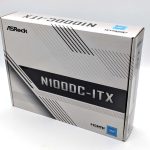
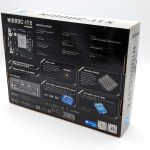
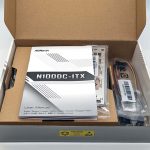


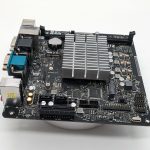
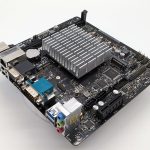
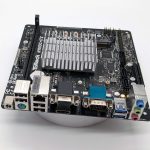
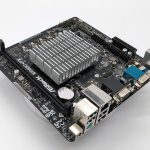
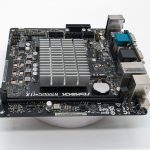
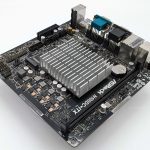
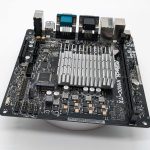




















27 Antworten
Kommentar
Lade neue Kommentare
Urgestein
Urgestein
Veteran
Veteran
Moderator
Veteran
Veteran
Veteran
Neuling
1
Moderator
Veteran
Mitglied
Mitglied
Mitglied
Urgestein
Mitglied
Urgestein
Moderator
Alle Kommentare lesen unter igor´sLAB Community →